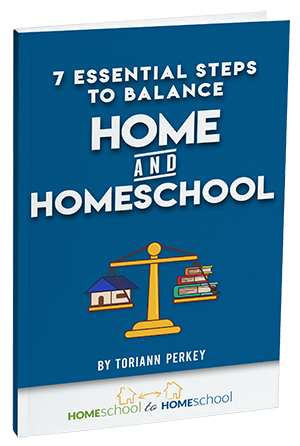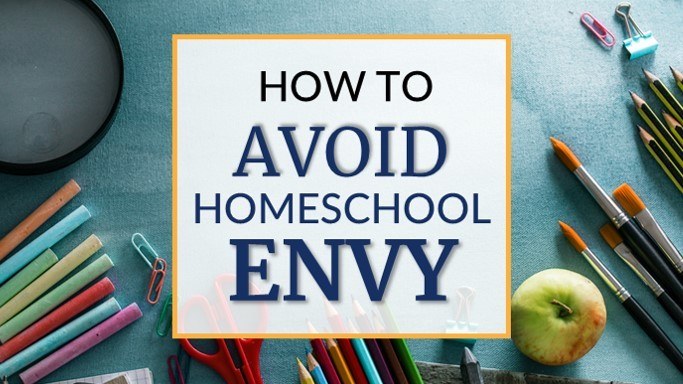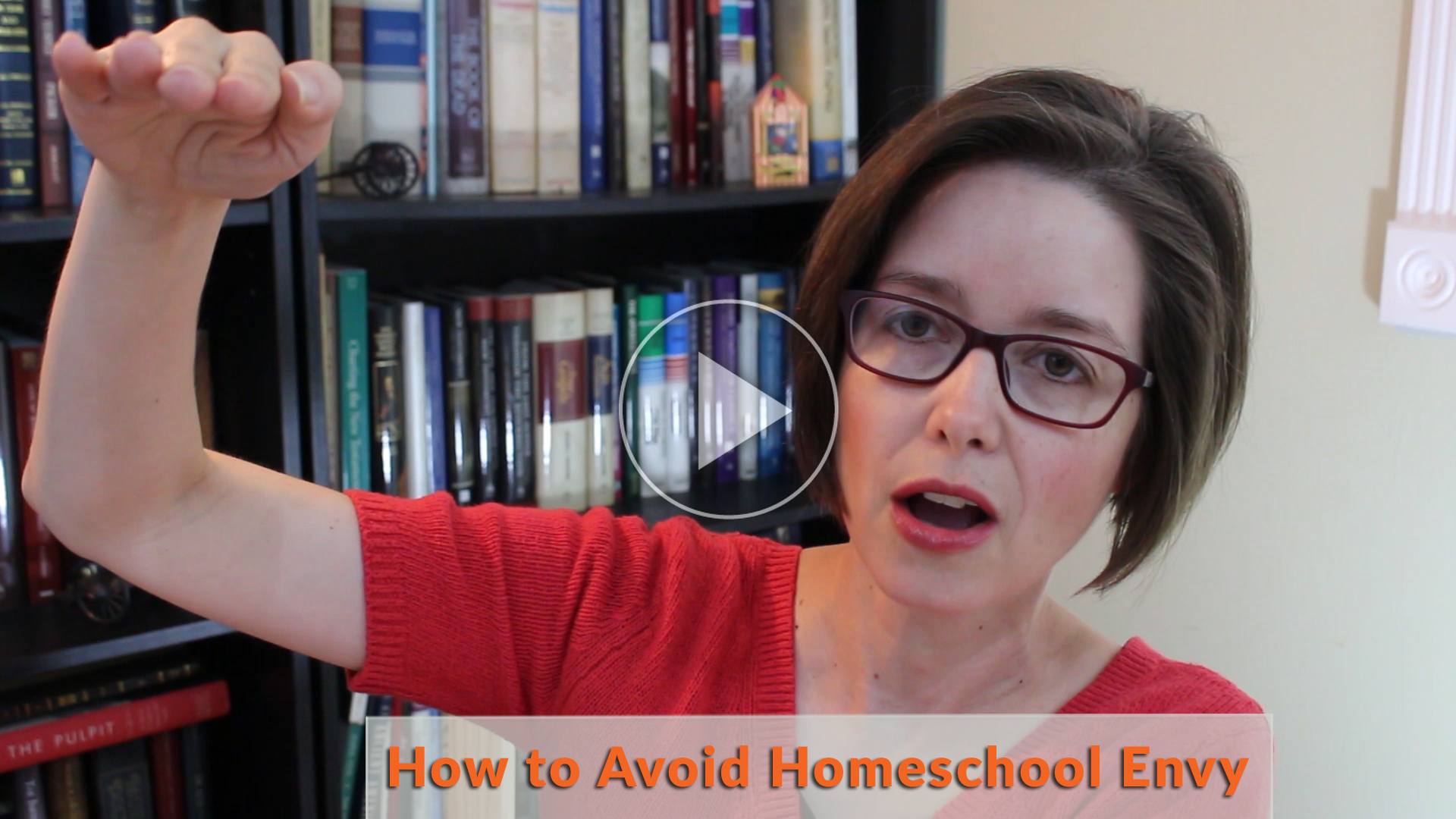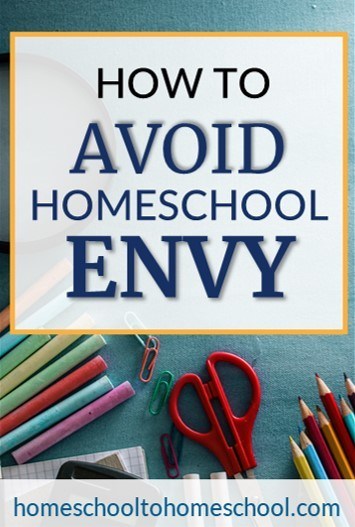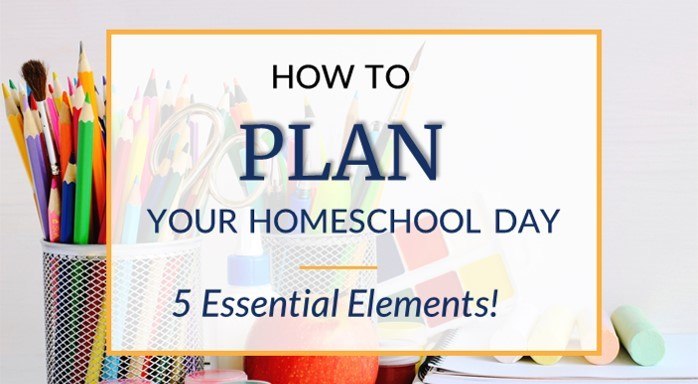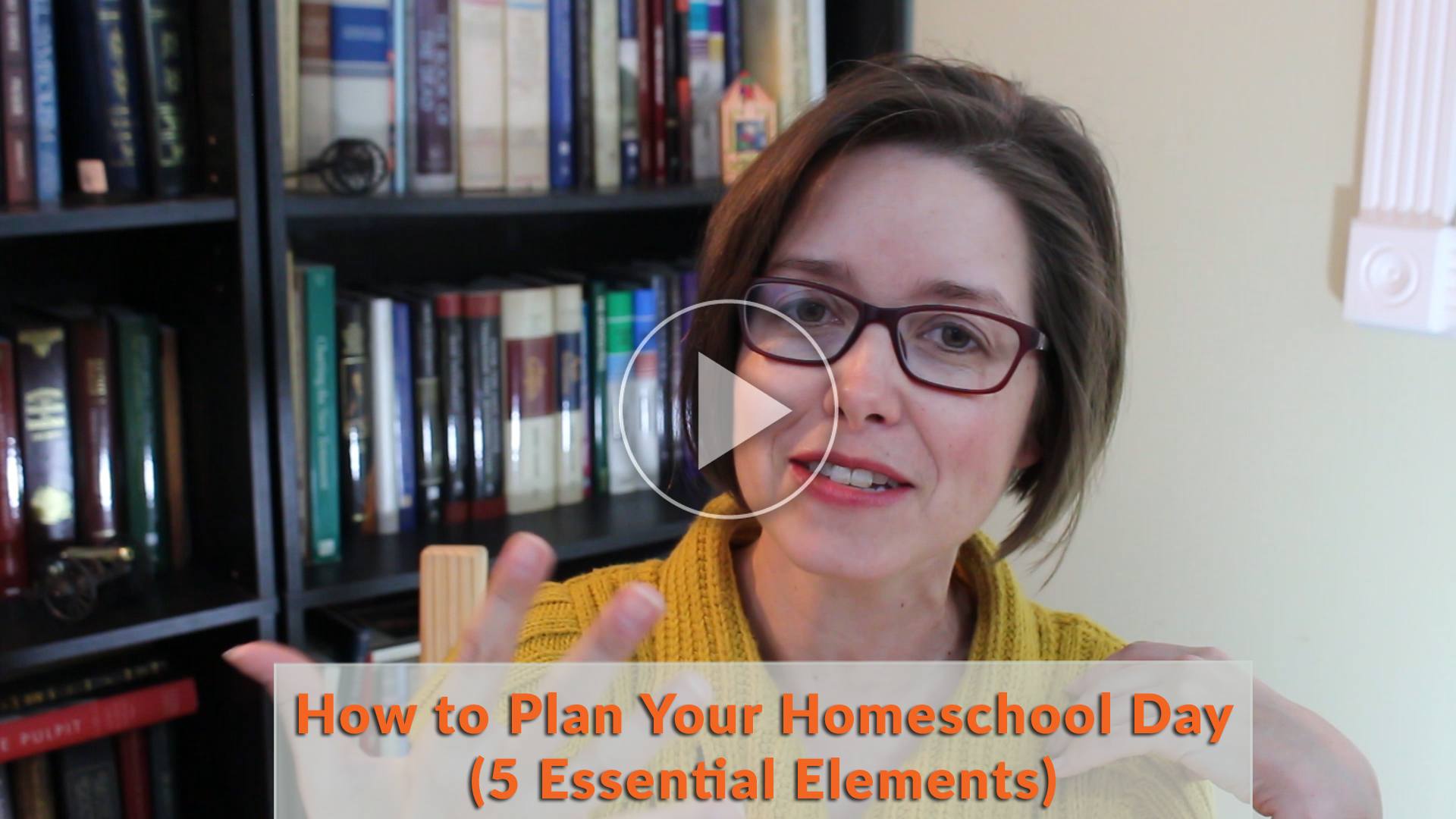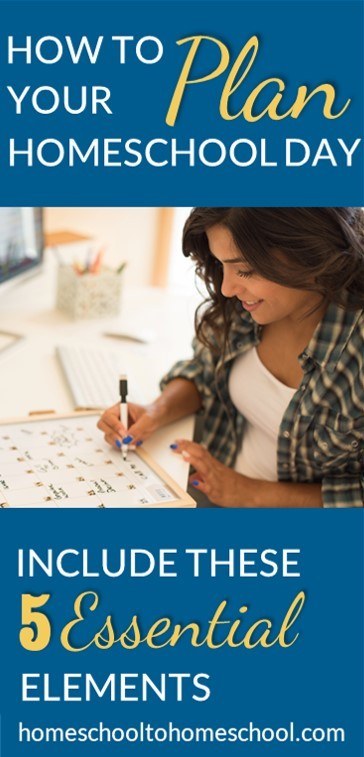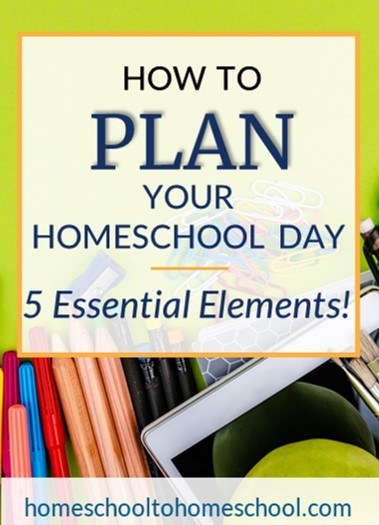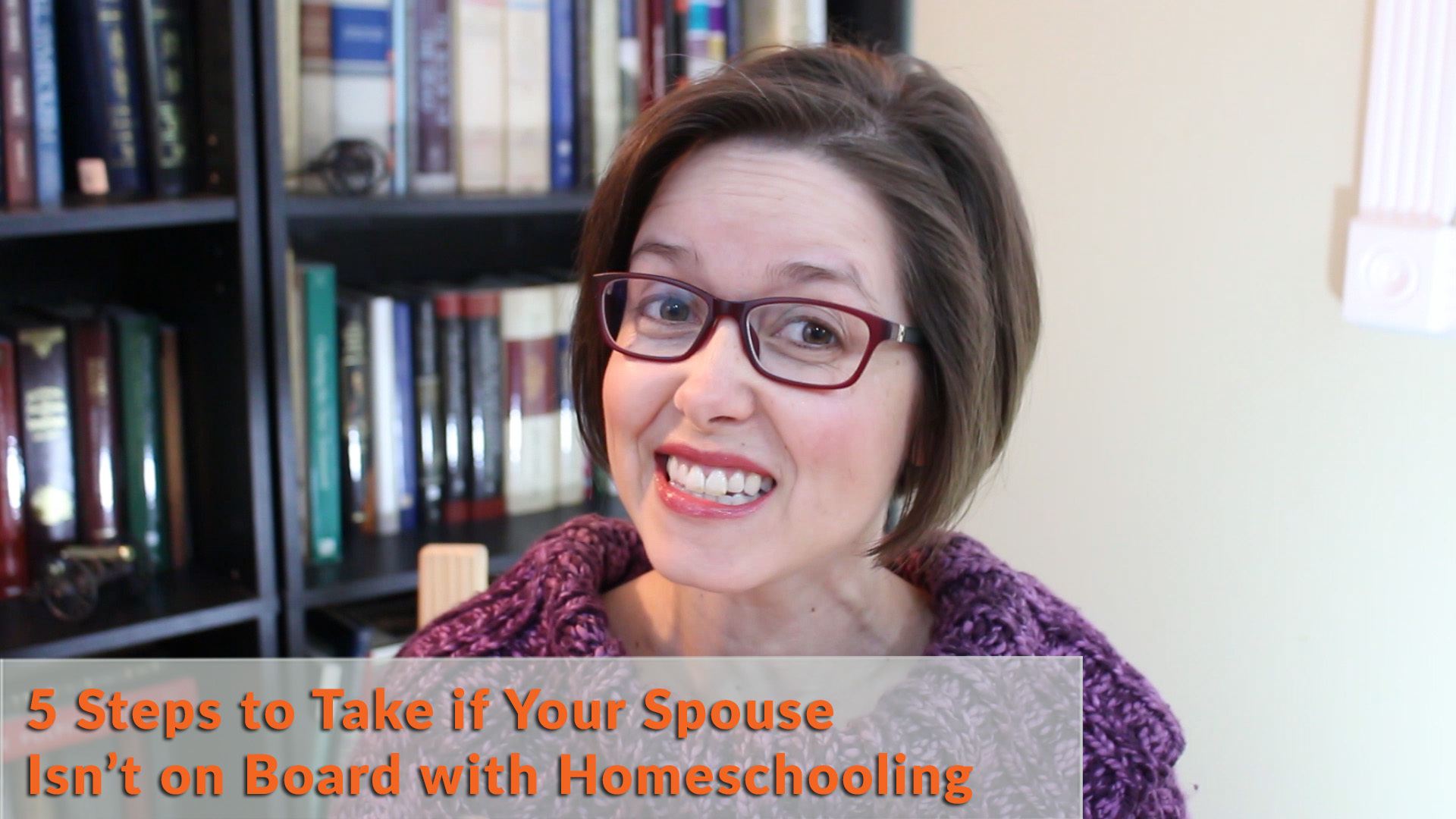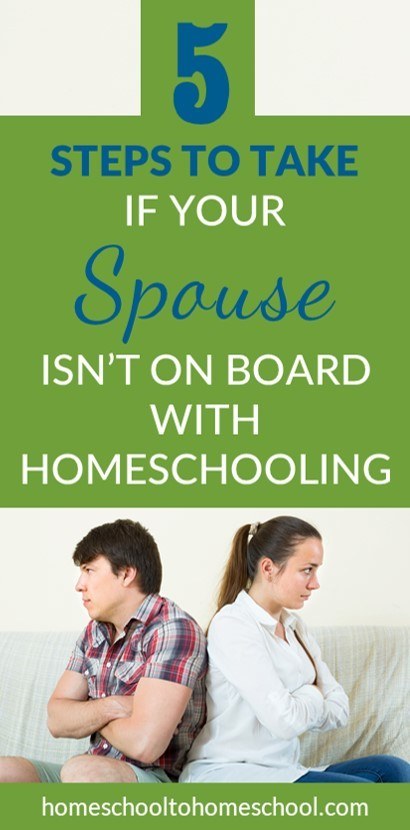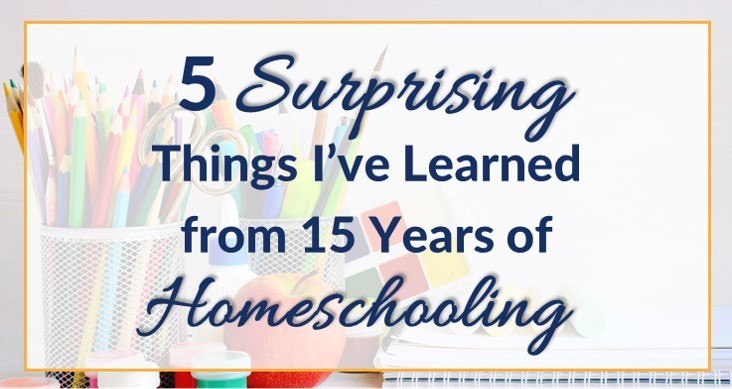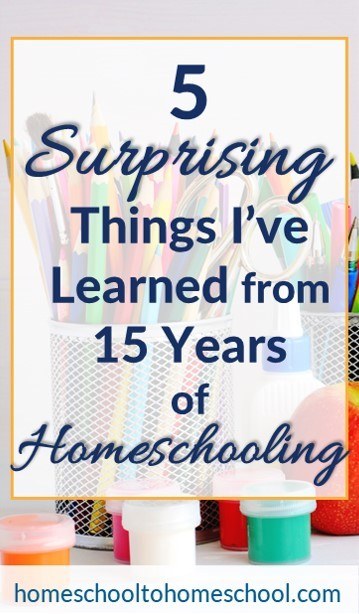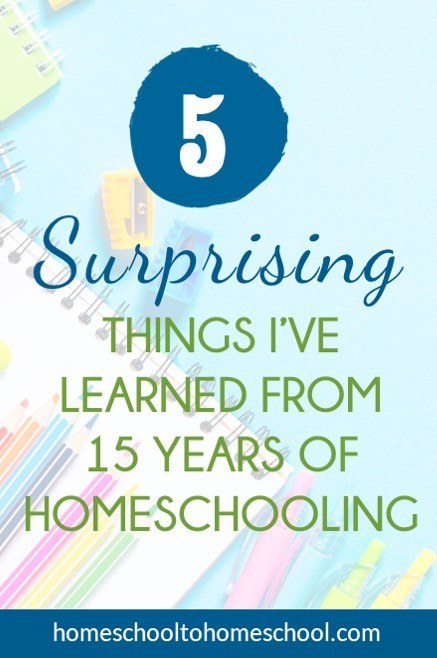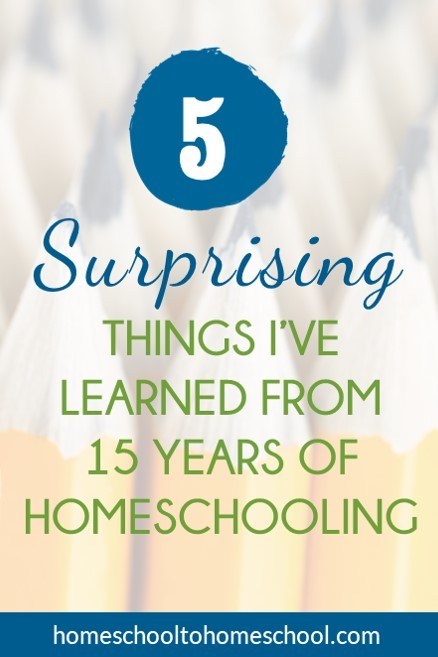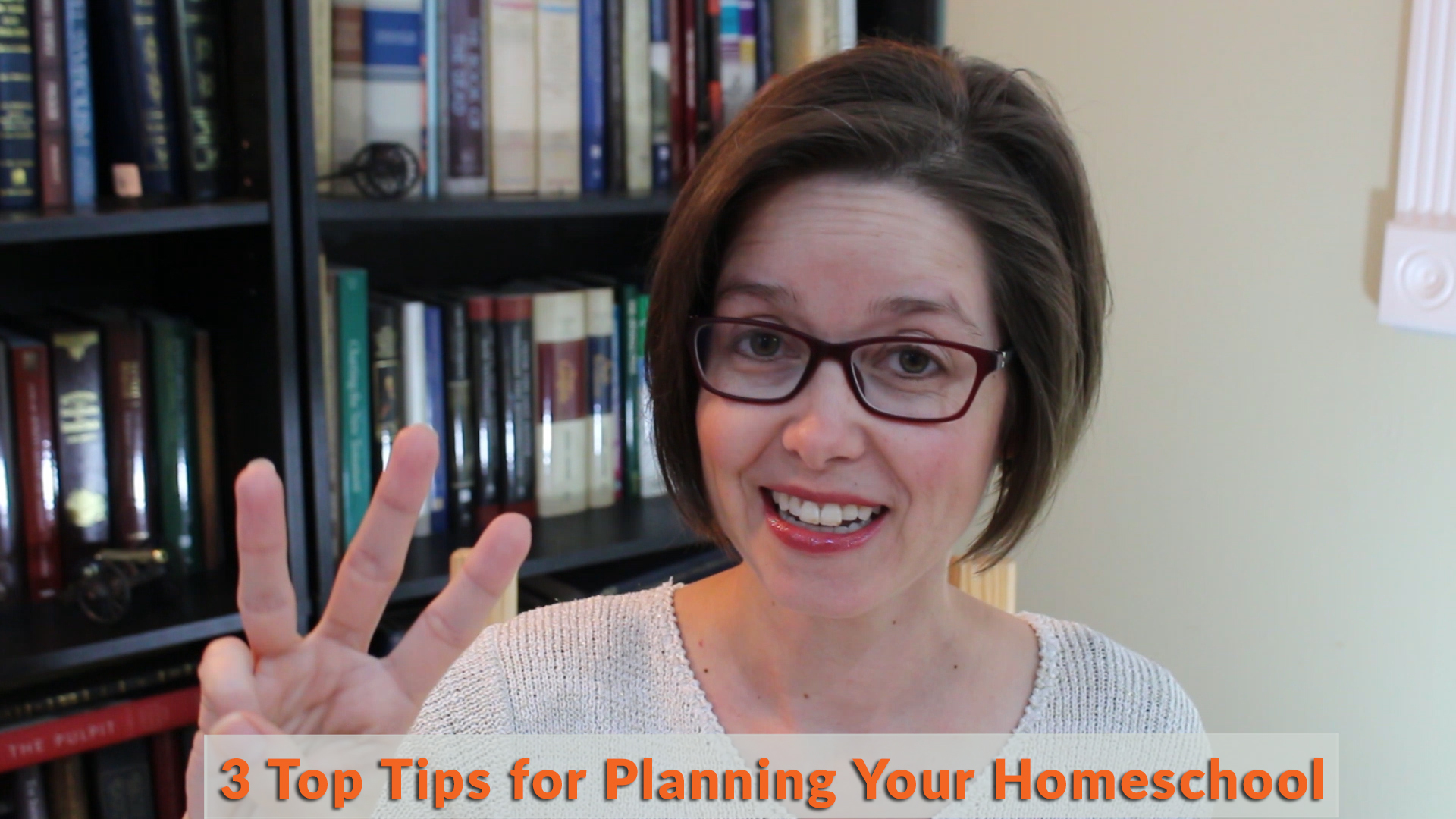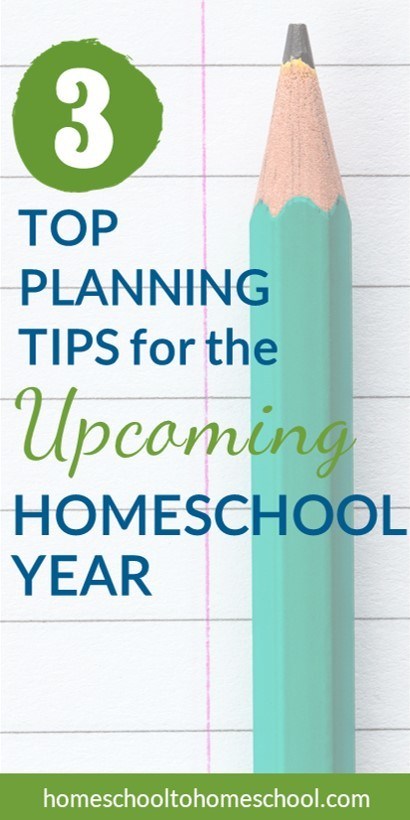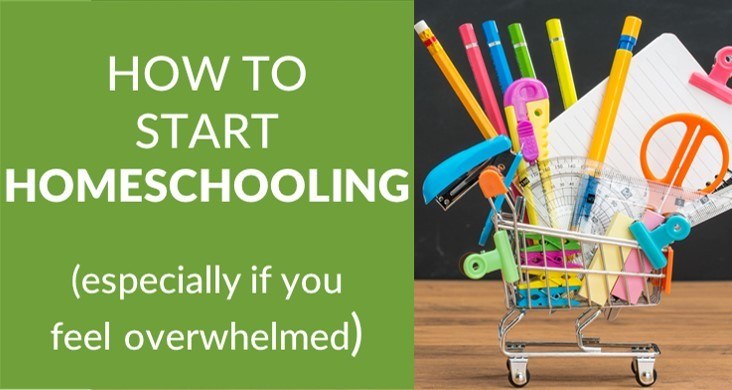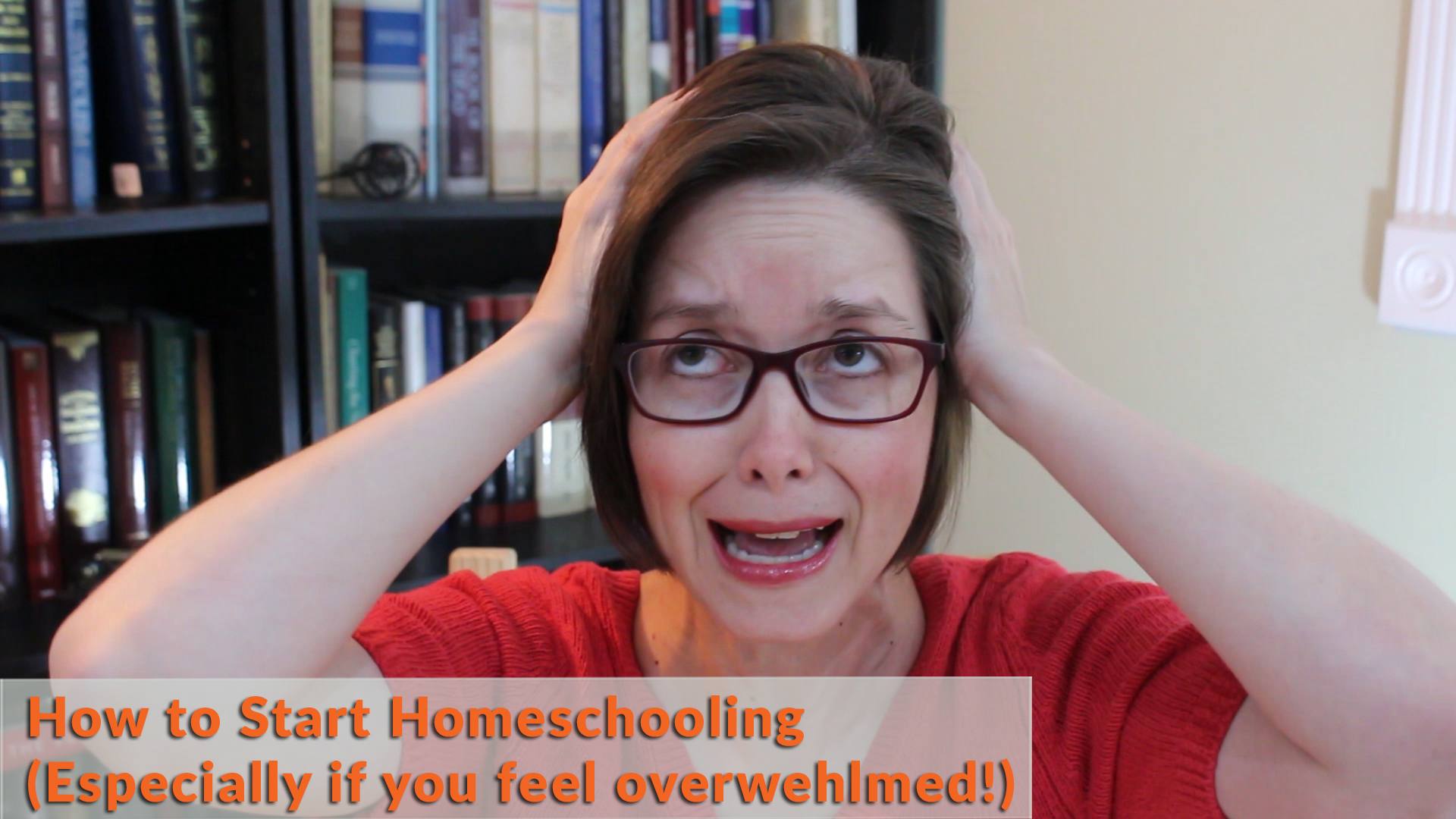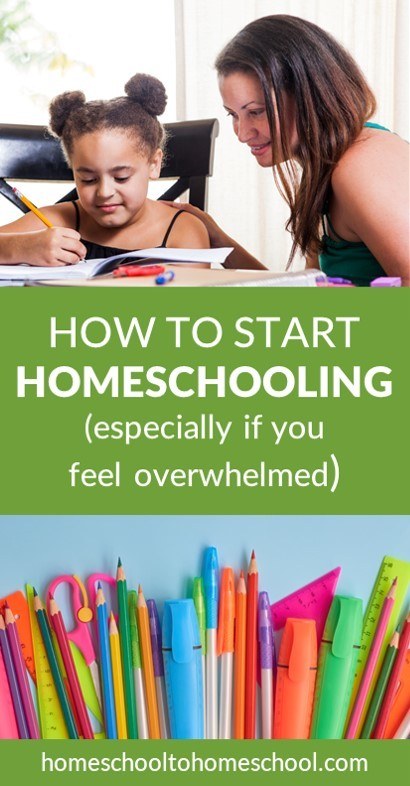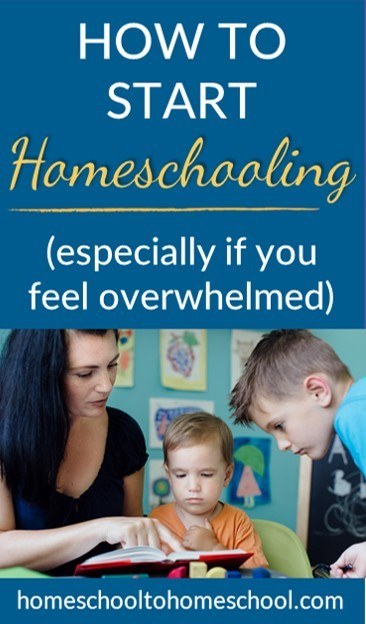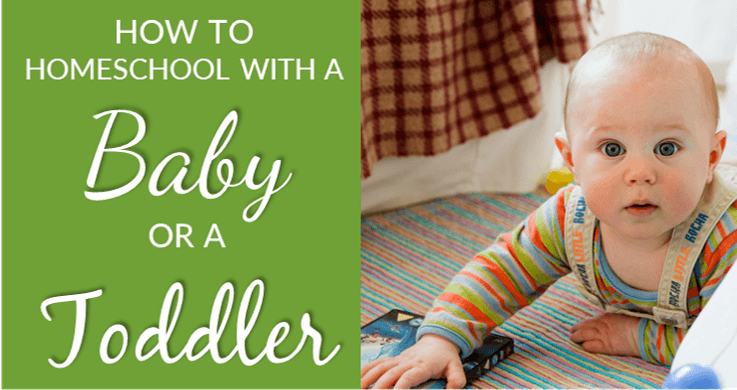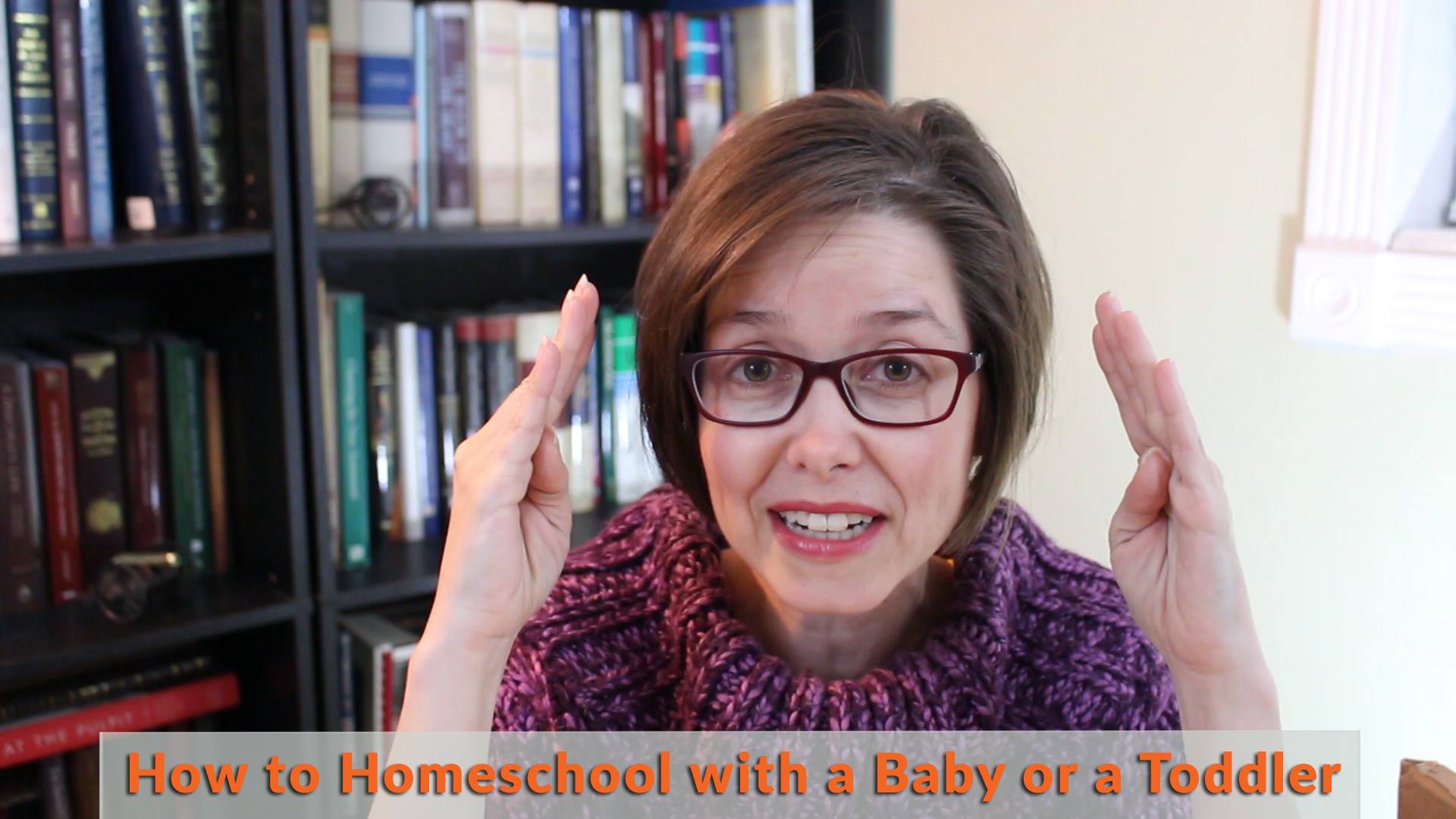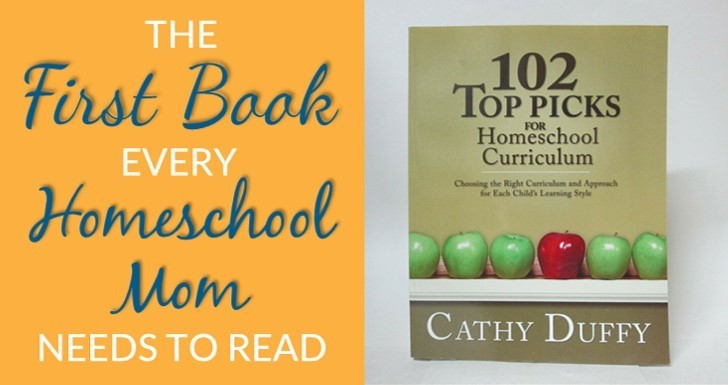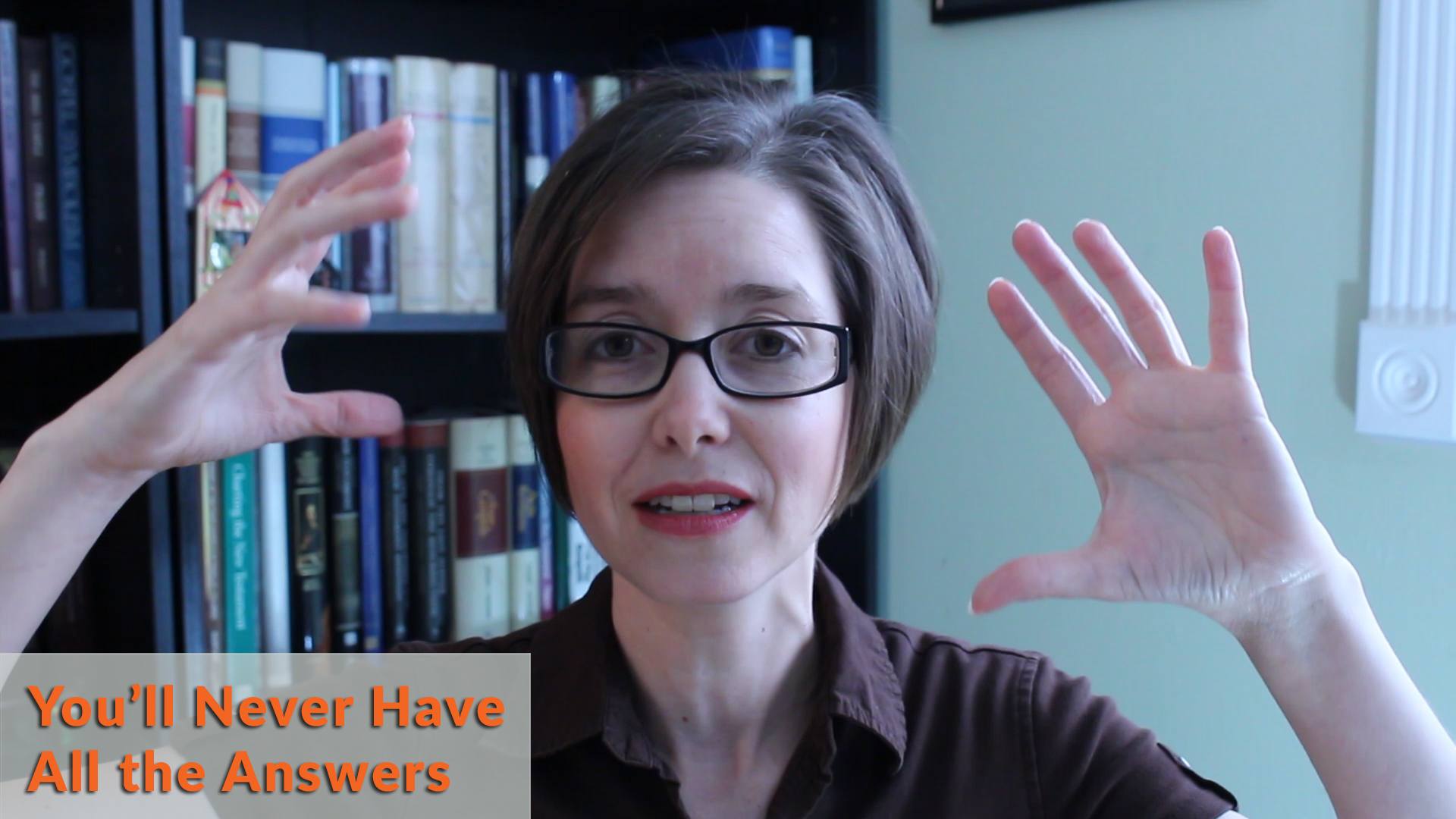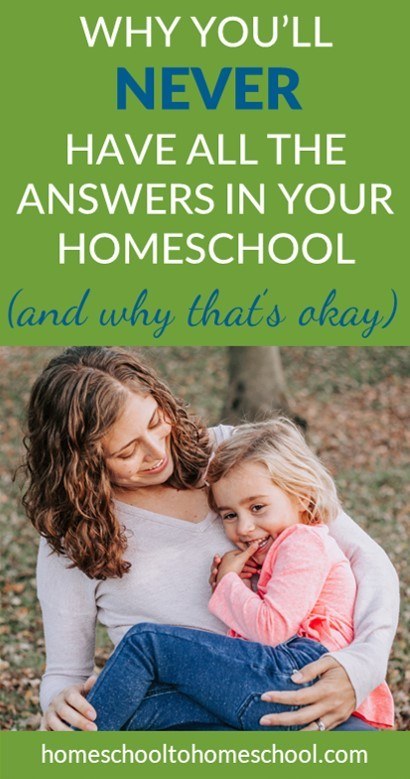The reality is being a homeschool dad is different than being a homeschool mom -- and he is going to have his own sets of fears and concerns (just like you do!)
So do both parents have to agree to homeschool?
Short answer … at least to some degree!
Otherwise, the level of conflict in your home will be crazy and that doesn’t do anyone any good!
For years, my husband was VERY wishy-washy about homeschool … he was willing to go along with the idea, but he was torn with lots of worries about how it was all going to work out.
But over the years, things changed and now he’s a HUGE advocate for homeschooling!
So how do you get your husband on board with your homeschool?
Today I’m sharing 5 key steps that can dramatically improve your ability to get your husband to understand homeschool and help him feel more supportive toward homeschooling.
I used ALL FIVE of these tips with my husband … and I’ve seen them work for other spouses as well.
In this video I mention my free class Confident Homeschool Secrets. It’s a great way to help your husband AND you feel confident about homeschooling.
Click here to register to watch Confident Homeschool Secrets.
Transcript
Hello. My name's ToriAnn Perkey and from my homeschool to your homeschool, today I want to talk about five steps you can take if your spouse is not on board with your homeschooling.
You know, in a perfect world every couple would be perfectly aligned, and if one wanted something the other would go along with it. But it doesn't always work out that way. And often a mom-- and I'm going to talk to the moms here cause it's usually the moms-- the mom is learning about homeschooling, she's feeling like it might be a good fit for her kids. Maybe she's started talking to people, and she mentions it to her spouse, and he is not on board.
And even if they're talking about it, and she's trying to explain why it would be a good idea, he is just not buying it. So today here's what I want to talk about. I want to talk about five steps you can take to hopefully get to a little bit more of a meeting of the minds if your spouse isn't on board with your homeschooling.
So number one, the first thing I recommend is try to have open communication. You know, if you are really starting to feel like homeschooling is a good fit for your family, and you really start to want it, it can be really hard to have objective conversations if your spouse isn't on board, and you can even take it personally.
If he isn't supporting you, you can feel like he doesn't care. He doesn't care about your children because he doesn't see why it's a good idea. So the first step I would recommend taking is try to have open communication. And when you're having this open communication, what that means is that you are trying to, without emotion involved, understand his fears and concerns.
Almost always if a spouse is not on board, it's because there's something that -- it's something or many things he's afraid of or he's concerned about. And those can run the gamut from how will they get into college to whether the house will be clean to whether you have the emotional ability to manage having kids home all the time. Or, you know, will they learn everything they need to learn or will ... How about, you know, will they be able to make friends?
You don't know what his concerns are if you don't ask. So trying to create a safe space where you can have an open dialogue and say, You know what ... What is it that you're concerned about? And don't immediately get defensive with whatever answers he gives you. Respond with, Okay, I can see that. And then work toward either finding answers that will answer that concern or saying, Well, how could we problem solve that s it could work. Looking for problems, solutions to the concerns and the fears, rather than dismissing them.
You don't want to be dismissive because they're real, and he cares about your kids too. He wants them to be successful and happy just like you do. And so it's good to listen and hear. And some of his concerns may be valid.
Like are you going to be able to handle the extra stress around the house or the time that you no longer have to give to these things that now go to your kids? Listen to those concerns and problem solve together.
Okay, the second step I recommend is have him talk to other homeschooled dads. So my husband did not like homeschooling when we first started. He was willing to give it a try, but he wasn't really on board. And I noticed that no matter how much I talked about it, or no matter how many things I tried to share with him or that I had learned, it didn't actually make a huge difference.
But when he started talking to other homeschool dads, whether they were at a conference or whether it was just at a community event or people we randomly met, that happened to homeschool-- when he talked to the Dads, his attitude started to change. There was something about the way they talked, what they said, the way they could address his concerns and fears that I was not able to do -- even with open communication. I knew what they were, but I couldn't address them.
So it's as he talked to them that he was able to start to feel really good about homeschooling. So my second recommendation is have him talk to other dads, find dads that he can talk to, who feel good about homeschooling and let them talk to him.
The third thing I want to recommend, the third step you can take if your spouse isn't on board is that you recommend that you take it one year at a time. Sometimes when we commit to something, it can feel really big and really huge, and you've got a six or a seven year old, and your husband is asking about college, Well, how are they going to get into college?
And one of the things you can do to kind of back out of that so that you can test the waters without feeling like you are overwhelming or committing to an idea that may or may not work. You say, You know what? Let's just try it for a year. Let's just try a year and see how it goes. If it goes, great, we can do it again. If not, we can problem solve and look at other solutions. This allows you to do a test run without fully committing. Even if you know you're fully committed.
For our family for years, we said, Let's just take it one year at a time. And then there was some point where we just stopped saying that, and I think it helped both my husband, and I feel like we could sit and move forward with the idea without feeling like we were freaked out about the idea.
Okay, so the fourth thing I recommend, the fourth way to try to help ... step to take if your spouse isn't on board is be open to modified solutions. It can be really easy to be reading about homeschooling and seeing all of these possibilities and want to dive in and be gungho100%, but if your spouse isn't on board because some of those ideas sound really radical, it might require that initially, not longterm, but initially you come to some middle ground. Whether that is, you know, if you're really drawn to radical unschooling, but he's worried about them filling in all their holes ... and I made other videos about that.
But you pull together, you say, Well, maybe we do some curriculum. Or maybe he's worried about them falling behind in math. So you say, Well, I'd like to try this way with this. Can I do this with the science, which is a little bit more up and down and all over the place in elementary school, but we'll still, you know, do 15 minutes of math every day or whatever. Look at finding a way to modify your vision so the two of you can have a meeting of the minds, and he's willing a little more willing to try to give it a go.
The last thing I want to recommend, the fifth way, the fifth step you can take if your home, if your spouse isn't completely on board with your homeschooling, is invite him to try to get a little bit of learning himself.
Now, this is kind of a minefield because some dads are all in and some are not. Some are readers, some like to listen. So if you've read certain books, or you've listened to certain podcasts, you can invite him to do those things. You can invite him to go to a homeschool conference with you and go to some classes. It's a great way to meet a dad or several dads that way. Or I have another option for you as well.
I have a free webinar. It's called Confident Homeschool Secrets. It's all about how you can successfully set up a homeschool so that it will be ...It will be successful so you'll feel confident. And it goes through different key fundamental principles that you need to have in order to have a successful homeschool. It's totally free, and you can sign up by just clicking the link up above or down below, you know, wherever you're watching this video, and then you can invite your husband to watch that.
I promise it's only an hour. It is an easy, easy thing to sit down and listen to. I'm going to give really practical application. I'm going to tell some stories, and I'm going to help you both feel a little bit more like homeschooling is doable and help people feel successful.
So if that sounds like something that he would be interested in, or if you'd be interested in, then be sure to click the link up above or down below and sign up for that. I'm ToriAnn Perkey, and I make these videos every week so that you can be a successful and confident homeschool mom.
